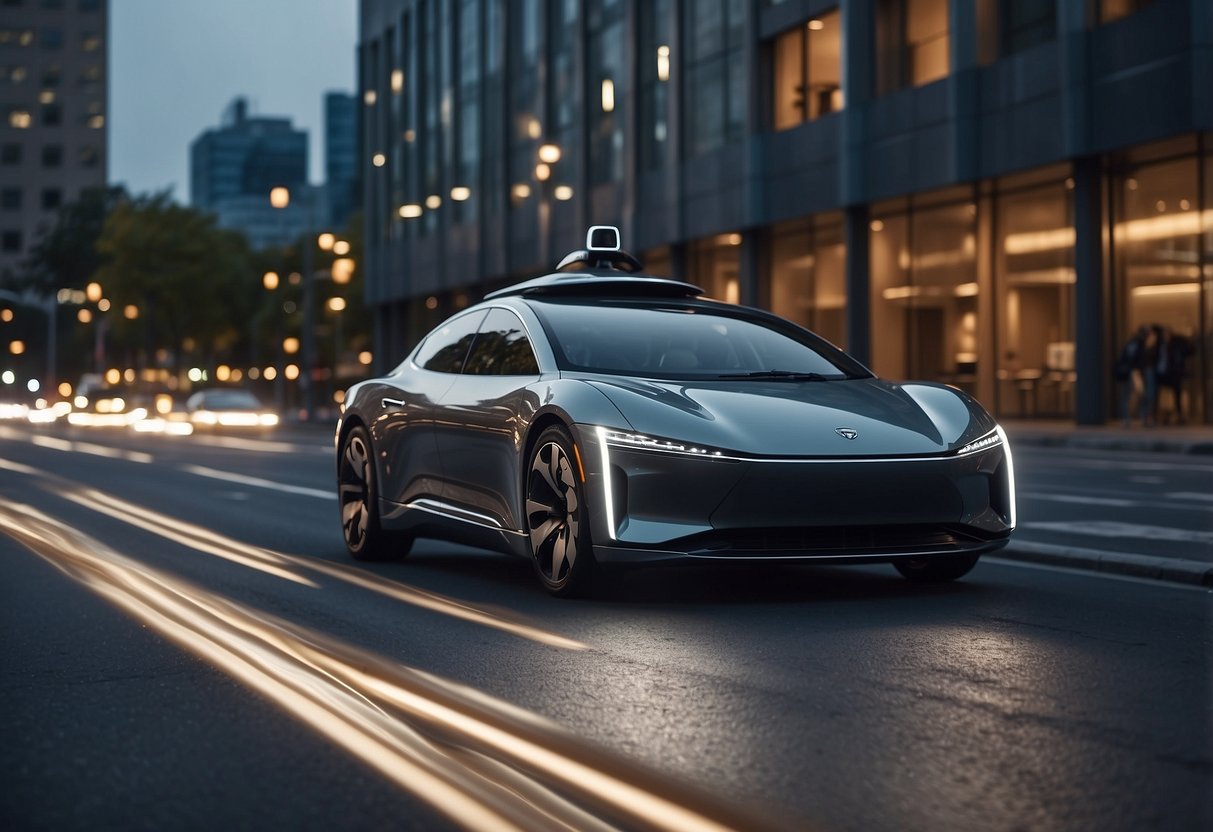
Ethical Aspects of AI in Vehicles
The integration of Artificial Intelligence (AI) in modern vehicles raises various ethical concerns. Among these is the question of accountability. In the event of an accident, identifying who is responsible—whether it be the manufacturer, the software developer, or the vehicle owner—becomes complex with AI-driven decisions.
Privacy is another major issue.
AI systems in vehicles collect and analyze vast amounts of data from users. This information includes personal habits, locations visited, and even biometric data. Ensuring that this data is handled with utmost care and not misused for unauthorized purposes is critical.
Bias in AI algorithms can also lead to ethical dilemmas.
If the AI systems are trained on biased data, they may make unfair decisions, such as favoring certain groups over others in critical situations. Developing and implementing unbiased AI is essential to prevent discrimination.
Safety is a significant ethical consideration.
AI systems must be robust and reliable to avoid failures that can result in severe casualties. Constant monitoring and updates are required to maintain the safety standards of AI-driven vehicles. The ethical obligation to prioritize human life and minimize harm must guide these safety measures.
Transparency in AI decision-making is crucial.
Users need to understand how decisions are made by the AI systems in their vehicles. Clear explanations and open communication about the AI’s functioning can help build trust and mitigate ethical concerns about its use.
Cybersecurity in AI-Enabled Vehicles
AI-enabled vehicles offer advanced functionalities, improving safety and convenience. However, they also introduce cybersecurity risks. The integration of AI systems makes these vehicles targets for cyberattacks. Protecting AI-enabled vehicles from threats is essential.
The interconnected nature of these vehicles means that a breach in one system can affect multiple functions. Attackers can target various components, such as navigation, entertainment, and communication systems.
Security measures include encryption, secure communication protocols, and frequent software updates. Manufacturers employ intrusion detection systems to monitor and identify unusual activities. Regular audits and assessments of security measures help maintain the integrity of vehicle systems.
Collaborative efforts between manufacturers, cybersecurity experts, and regulatory bodies are crucial. Together, they establish robust standards and protocols. User awareness and education about potential risks are also essential.
Ensuring the cybersecurity of AI-enabled vehicles is an ongoing process. It requires vigilance and collaboration to protect against evolving threats.
The Future of AI in Automotive Design
Artificial Intelligence continues to evolve in the realm of automotive design. As AI systems become more sophisticated, they will handle a broader range of design tasks.
Designers will increasingly use AI to simulate and analyze various design elements. AI can test aerodynamics, structural integrity, and energy efficiency more quickly than traditional methods.
AI’s ability to analyze vast datasets will be crucial. It can identify design trends and consumer preferences, which helps manufacturers create vehicles that better meet market demands.
AI will also enhance customization options. Designers can create highly personalized vehicles, catering to specific customer needs and preferences.
Another key development is predictive maintenance. AI can analyze data from vehicle sensors to predict part failures and suggest design improvements.
Safety will benefit as well. AI-driven safety features will be integral to the design process, with better integration of collision avoidance systems, driver assistance, and passenger protection.
The collaboration between AI and human designers will grow. AI will handle tedious tasks, allowing designers to focus on more creative aspects like aesthetic and ergonomic considerations.
The integration of AI into the design process promises more efficient and innovative automotive design. This will lead to vehicles that are not only more appealing but also safer and more reliable.
Manufacturers committed to embracing these advancements will likely gain a competitive edge. They will be better positioned to meet the evolving demands of consumers in a rapidly changing market.



